Accessible Tourism
1.0 Defining the Sector
Disability
Most commonly agreed on, a disability is any condition that restricts a person’s mental, sensory or mobility functions (Australian Network on Disability). A disability may be temporary or permanent, total or partial, lifelong or acquired, visible or invisible (Australian Network on Disability). The correct reference to a person is to be ‘with disability’.
In Australia, the Disability Discrimination Act 1992 (DDA) makes it unlawful to discriminate against a person in many areas of public life including education, employment, accommodation, goods and service provision, premises, transport and access to laws and programs. Therefore, the requirements for the built environment must operate in parallel to the DDA, and today access and inclusion is at the forefront for many organisations.
The social model for accessibility makes a distinction between impairments (the condition, illness or loss/lack of function) and the disability (barriers and discrimination). It contrasts the medical model of disability, which sees disability as a health condition dealt with by medical professionals. In the social model, disability is the result of the interaction between people with impairments and the environment being physical, communication, attitudinal and social barriers. Within this context, the environment must change and adapt to enable people living with impairments equal opportunity to participate in society. The social model is now internationally recognised as the correct way to view and address disability.
Accessible and Inclusive Tourism
Accessible tourism, tourism for all or barrier free tourism, aims to ensure tourism products and services, infrastructure, public spaces, accommodation, and transport modes are accessible for all, including people with disability (Alén, Domínguez & Losada 2012).
Accessible tourism encourages the full integration of an individual or community, into social interaction within the environment. It includes delivering welcoming customer service, creating an accessible environment and engaging with meaningful participation (Push Adventures 2021).
Sometimes referred to as inclusive tourism, which is the movement to ensure the social participation and total integration of people with disabilities, in travel, adventure and cultural contribution (cultural and language barriers) (Jezza Williams, AITCAP 2021). Being inclusive refers to the attitude or acceptance of businesses towards people with disability where their attitude and willingness to enable a welcoming experience for all visitors makes people with disability feel included in the overall experience (Dane Cross, AITCAP 2021).
Essentially, being inclusive is the gateway to becoming accessible.
Being accessible and inclusive has a broader reach than just those with disability, but also for seniors, families with prams, and support workers. It is also important to understand the breadth and depth of disabilities, with only a very small number being wheelchair users. The most common disability groups in Australia include intellectual, physical, neurological and sensory.

